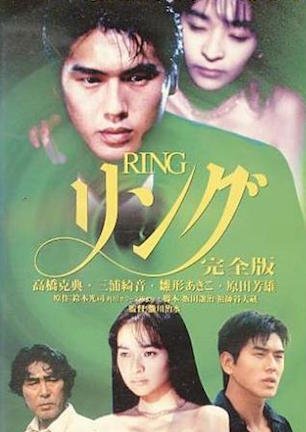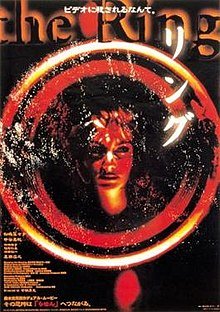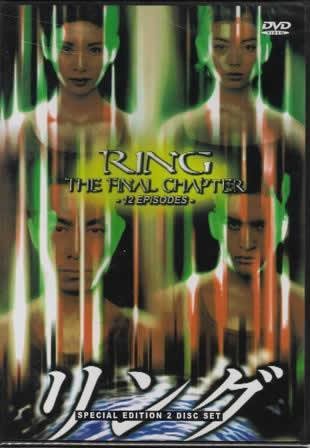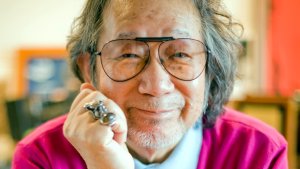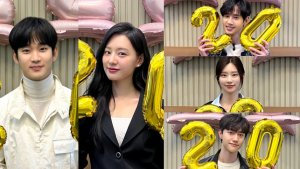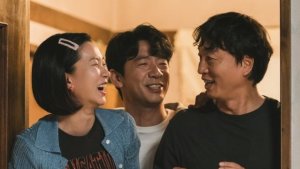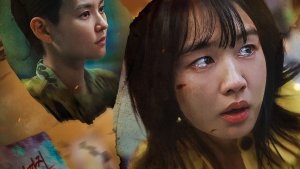 Cat-Loving Haruki Murakami and the Abundance of Movie Adaptations
Cat-Loving Haruki Murakami and the Abundance of Movie Adaptations
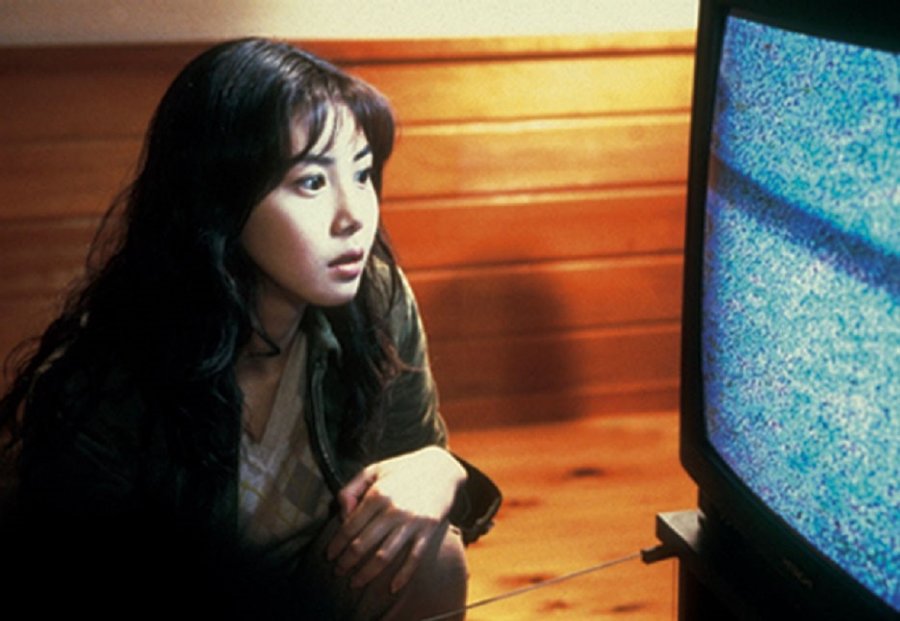
Some younger MDL-ers probably do not know this, but back in the day (like… at least 15 years ago), people used to put black blocks of plastic into huge machines in order to watch movies. I am talking about VHS tapes, the most popular format of the 1990s for which, even today, some people feel nostalgia. Interestingly, towards the end of its lifespan, the VHS format became immortalised as the container of a deadly curse by a certain small horror film called Ring from 1998... Right after the movie out, Japanese audiences lost their minds over the demonic character of Sadako and, soon after, that frenzy spilled over to the West. Get your scuba diving gear out because we are going deep inside the well of the most popular J-horror series that reinvigorated the genre. This is my rundown of the Ring franchise.
The Novels |
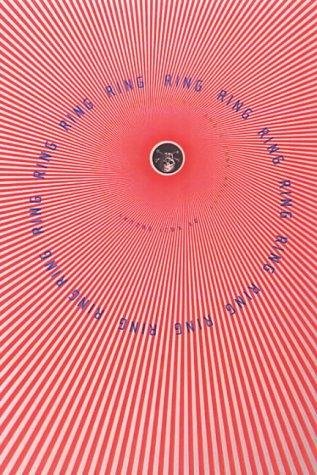 | 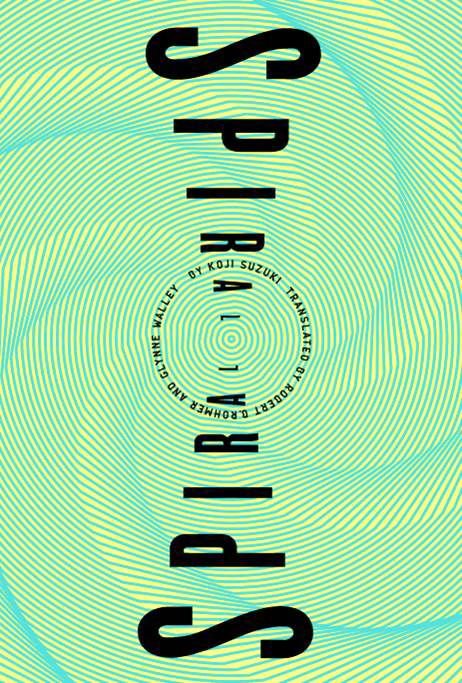 |  |
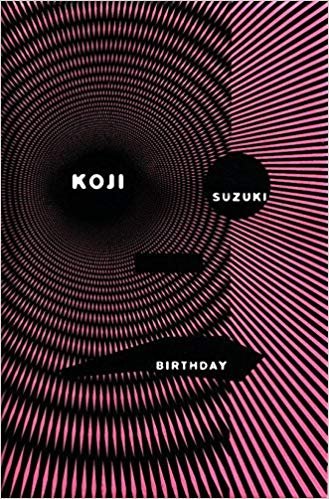 | 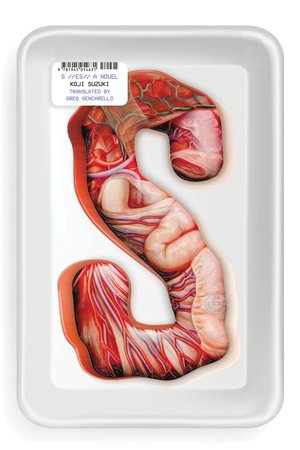 | 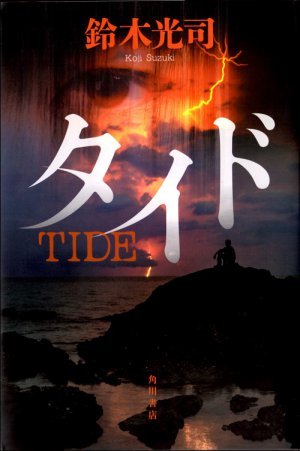 |
Ring started out as a novel by Koji Suzuki (now hailed as Japanese Stephen King) in 1991. It tells the story of a reporter who finds a mysterious videotape. After watching it, the message towards the end of the hallucinatory footage states the viewer has seven days left to live. The main protagonist together with a paranormal phenomena enthusiast begin the race against time in order to lift the curse, which leads them to unravel the mystery behind Sadako Yamamura, a young woman who disappeared thirty years ago…
Interestingly, the novel is not so much a conventional horror story than a medical-mystery thriller heavily relying on science. The tape acts merely as a trigger which unleashes a virus that kills people within seven days. The author would later go on to put a triple spin on the whole thing with his follow-up novels Spiral (1995), Loop (1998), Birthday (1999) S (2012), and Tide (2013). Interestingly, only one adaptation fully used the concept of the Ring Virus as described by Suzuki.
The First Movie |
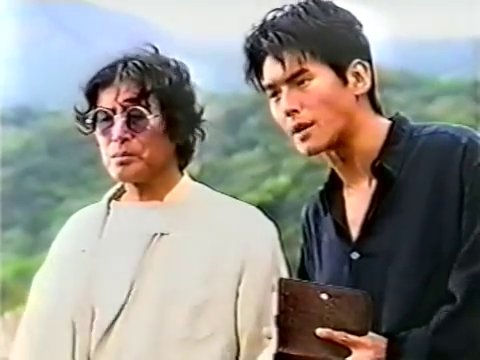
If you thought that the 1998 classic was the first, original adaptation, then you were wrong. In 1995, FujiTV released a TV movie called Ring: Kanzenban (literally Ring: The Complete Edition) which, even though was made on an extremely small budget, is to date the most faithful adaptation of the first novel, retaining most of the major plot points, while dropping altogether the scientific subplot about the virus. The movie was released on (surprise, surprise) VHS, but it has not seen a re-release on home video since 1996. Nevertheless, some kind soul uploaded the whole thing on Youtube(!)
The 1998 Movie |

After noticing the success of the first novel, Kadokawa Pictures together with Toho decided to make their own film adaptation and, for that purpose, they recruited Hideo Nakata, who had already directed a couple of low-profile horrors. It is unclear if Nakata saw the FujiTV version or not, but he actively provided changes in the screenplay: the protagonist’s gender was switched from male to female as well as the name, and marital status. The sidekick character was turned into an estranged ex-husband, whereas the scientific component of Sadako’s curse was dropped again.
The movie hit the screens on the 31st of January, 1998, and it became an instant success. Critics and audiences appreciated the dark tone accompanied by sophisticated aesthetics (the opening shot of the seaside, Sadako’s tape, and the death scenes). Even nowadays, the film is still analysed from the perspective of motherhood because of the main heroine’s status as a working mom striving to save her son (wonderfully played by Nanako Matsushima). The film was so successful that it is often cited as the saviour of the Japanese horror genre. Thanks to its popularity, many successful Asian horrors came out, including Dark Water (2002), Jun-on: The Grudge (2003), and A Tale of Two Sisters (2003).
Two Alternate Sequels |
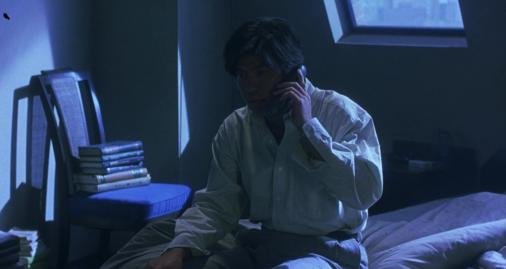 Rasen (1998) Rasen (1998) |  Ring 2 (1999) |
Did you know that the day when Ring (1998) premiered you could have checked out its direct sequel as well? Yes, both Ring and its sequel Rasen (1998) were produced and released simultaneously because Toho wanted to capitalise on the series’ recognition. Unfortunately, Rasen was handled by a completely different production team, and there was little to none communication with the staff of Ring. As a result, the sequel shoves over the main characters from the first film in order to make room for an independent story, which is filled with over-the-top plot twists. Needless to say, the audiences disliked the continuation, and Toho effectively wants every Ring fan to forget about this film (only recently, it was released as a part of the Ring Blu-ray/DVD collection set).
In order to make a better (alternate) sequel, Hideo Nakata was brought back for directorial duties. Ring 2 premiered in Japan on the 23rd of January, 1999 and it gained positive reception. No getting into spoilers area, most of the cast members from the original 1998 film reprised their roles, and the story was retooled so as to avoid any references to the hated sequel and its ties with Koji Suzuki’s novel Spiral. In consequence, Ring 2 is a fairly decent continuation. However, it also fouls up the entire timeline of the series, as presented in the table below:
Hideo Nakata’s timeline | Novels' timeline |
|
|
The Prequel |
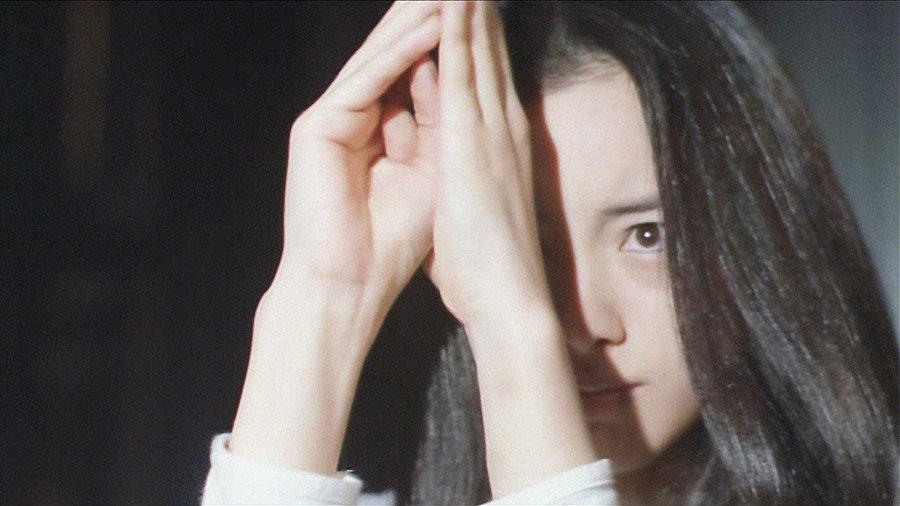
After the release of Suzuki’s short-story collection Birthday (1999), Toho was keen to make a prequel called Ring 0: Birthday (2000), which would explain Sadako’s origins in detail. The studio wanted Hideo Nakata to direct again, but he declined the offer, so direct-to-video filmmaker Norio Tsuruta took over the job. The film is fascinating, and its definite highlight is Yukie Nakama as Sadako (you are always the best Yukie!); however, I would not label this film as a straightforward horror. Rather, it is a romance/love tragedy sprinkled with horror elements.
The Ring Virus |

If you thought the craze for adapting Ring calmed down in the late 1990s, then you have not seen The Ring Virus (1999), a South Korean take on the Ring story. Even though the makers claimed that the film is more inspired by the book than Nakata’s movie, one can find whole chunks of the 1998 version in The Ring Virus. The virus subplot is only glossed over here. Consequently, this film can be checked out merely as a trivia.
FujiTV's Dramas |
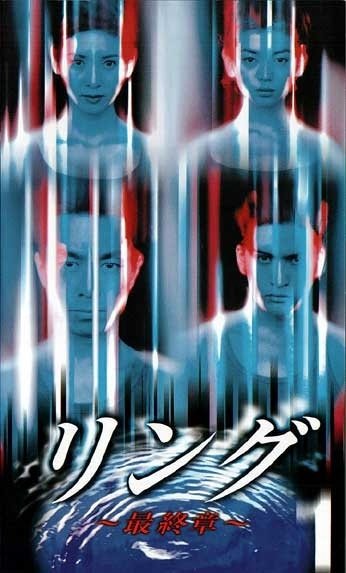 | 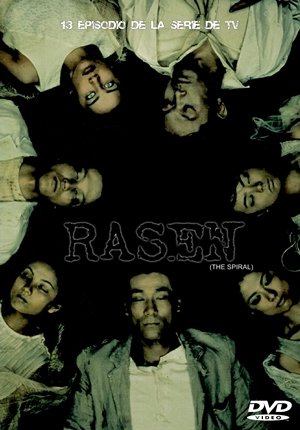 |
When Ring popularity was at its peak in Japan, FujiTV also wanted a piece of the action, so they commissioned two(!) dramas in 1999. The first, Ring - Saishushou (1999) [a.k.a. Ring - The Final Chapter) is yet another retelling of Suzuki’s novel, but it at least gives justice to the source material by openly describing the curse as a medical virus. What is more, the characters make an attempt to foresee the results of Sadako’s curse by using the irreplaceable power of maths! Of course, the drama makes a few changes here and there (for instance, the curse lasts 13 days), but it is very entertaining to watch (even if it is a bit dated) mostly due to great performances of the main leads: Toshiro Yanagiba, Tomoya Nagase, Hitomi Kuroki, and Tae Kimura.
6 months after the drama’s premiere, its direct continuation, Rasen (1999), was released, but with a completely new set of characters. While continuing the story established in the first drama, it also borrows stuff from Koji Suzuki’s Spiral novel.
Sadako 3D Part 1 and 2 |
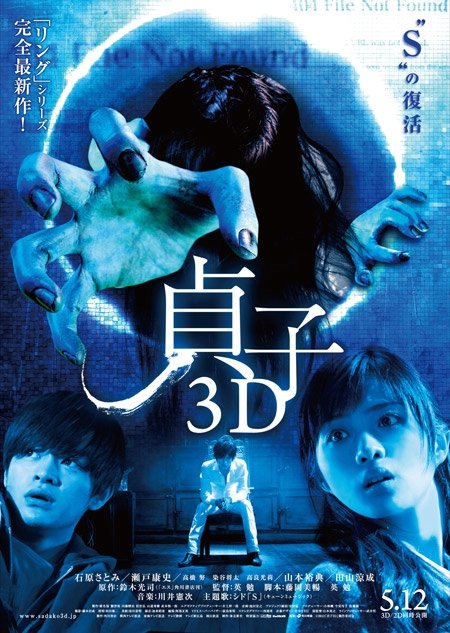 | 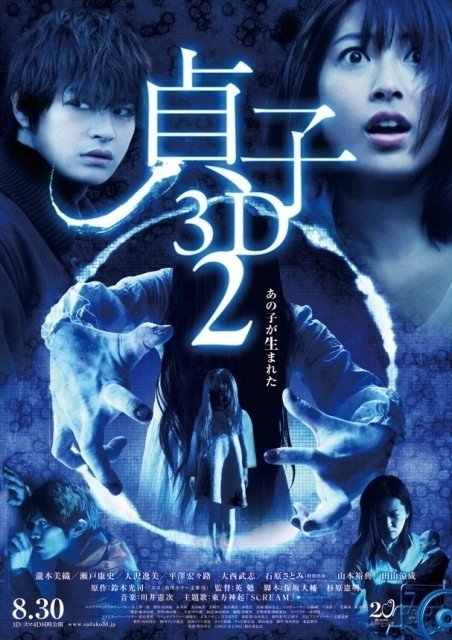 |
Believe it or not, but the series did not end with Ring 0: Birthday. On the 12th of May, 2012, Koji Suzuki’s fifth novel, S, hit the book stores and its adaptation Sadako 3D hit the screens at the same time. Both films Sadako 3D (2012) and Sadako 3D 2 (2013) seem to have been made just for the shock value and to show off fancy special effects (*Sadako grabbing people through the screen like crazy*). Personally, I did not enjoy these films at all, and they mark the lowest point of the franchise, in my opinion. Even the presence of the ever-great Satomi Ishihara did not save these flicks.
Sadako vs. Kayako |

Alas, there was also a spin-off made in 2016 called Sadako vs. Kayako, which brings Ring and Jun-on franchises together. Surprisingly, this is not such a poorly made film in comparison to the previous 3D “endeavours”. The makers evidently knew what they were going for and delivered on that front. The third act is surprisingly well-made and redeems the whole spin-off.
The American Movies |
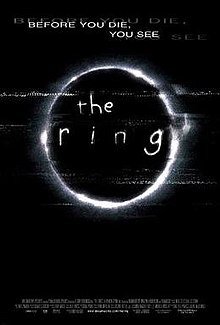 | 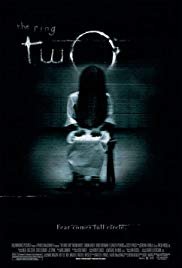 | 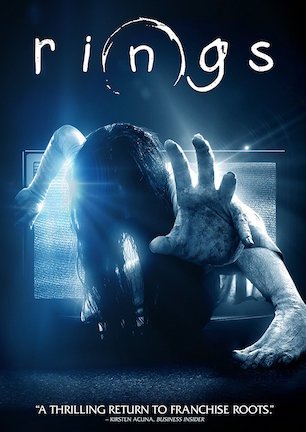 |
Yes, if it had not been for the Dreamworks’ remake, then at least half of the Western hemisphere would not know about Ring. So far, there are three American-made Ring movies: Ring (2002), Ring 2 (2005), and Rings (2017). Honestly, I could not care less about these, especially the first movie which rides on the glamour of the 1998 version. Nevertheless, it has to be mentioned that Ring (1998) initiated the trend of Hollywood frantically buying out licenses to remake Asian horrors in the early 2000s.
What is more interesting, the American Ring 2 movie was, in fact, directed by Hideo Nakata. So, by ironic coincidence, Hideo Nakata was remaking Hideo Nakata…
Sadako (2019) |
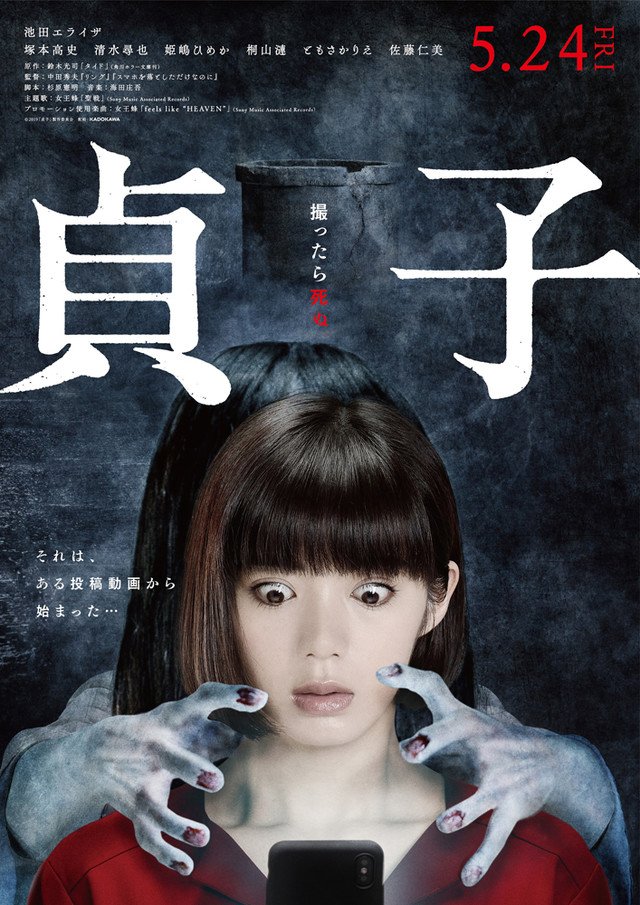
Sadako is the latest entry in the franchise, with Nakata returning as the director after 20 years. I admit that I have not seen this one yet, but positive and mixed reviews can be found online. One thing which I am sure of is that we will be getting more Sadako movies in the future.
Actresses who played Sadako |
A brief list giving justice to the actresses who played the famous character:(I could not find any info about the actress from Sadako (2019) movie...) |
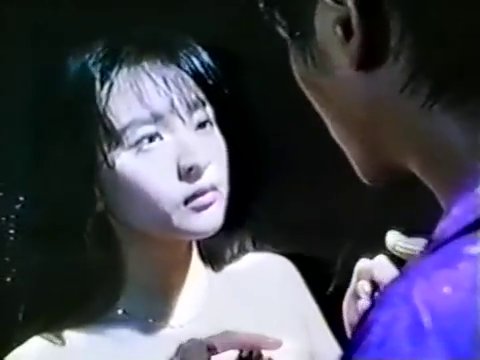 Ayane Miura: Ring: Kanzenban (1995) | 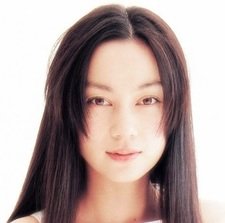 Rie Ino: Ring (1998), Ring 2 (1999) Rie Ino: Ring (1998), Ring 2 (1999) | 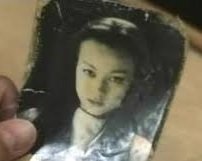 Hinako Saeki: Rasen (1998) | 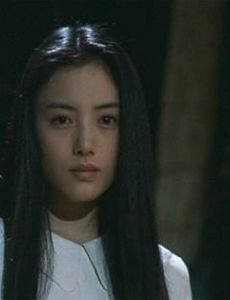 Yukie Nakama: Ring 0: Birthday (2000) Yukie Nakama: Ring 0: Birthday (2000) |
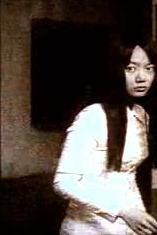 Bae Doo Na: The Ring Virus (1999) | 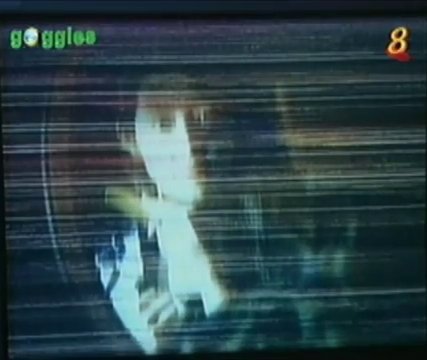 Tae Kimura: Ring - Saishushou (1999), Rasen (1999) | 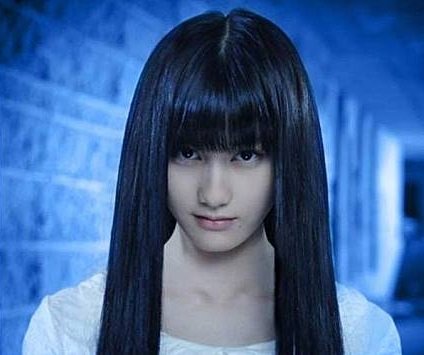 Ai Hashimoto: Sadako 3D (2012) |  Elly Nanami: Sadako vs. Kayako (2016) Elly Nanami: Sadako vs. Kayako (2016) |
VHS Tapes |
Ever wondered how the VHS tape was presented in each adaptation?Hit the links below: |
Trivia |
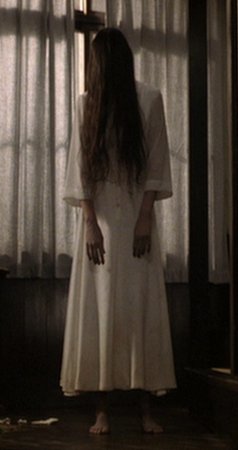 |
|
So this was my retrospective drive through the Ring series. I hope you enjoyed it. If you are new to the series and do not know where to start, then I recommend the official trilogy from Hideo Nakata’s timeline. The rest of the films can be checked out in whichever order you like. I strongly hope that the series will live on and give us more decent movies about the misadventures of demonic Sadako. However, how she will find herself in the modern age?
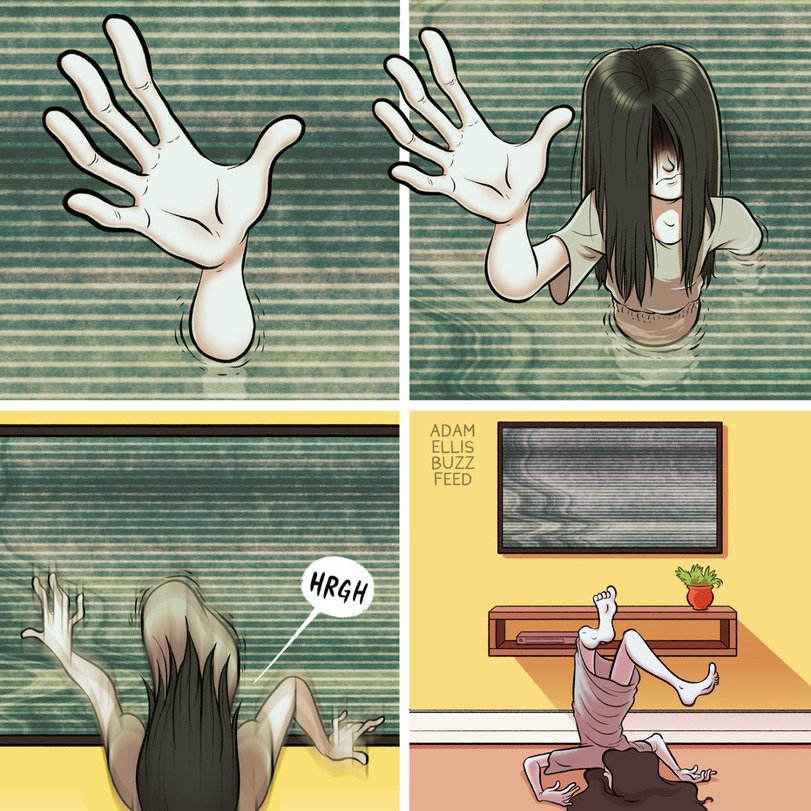
Sources: A Vicious Circle documentary * The Ring Legacy documentary * Circumnavigating Ring documentary * Ring- commentary by David Kalat (Arrow Video release) * “Has ‘Ringu’ (1998) changed both Japanese and American/western cinema and if so, how?” * The Ring Franchise [PART 1] -- Asian Oddities * The Ring Franchise [PART 2] -- Asian Oddities

